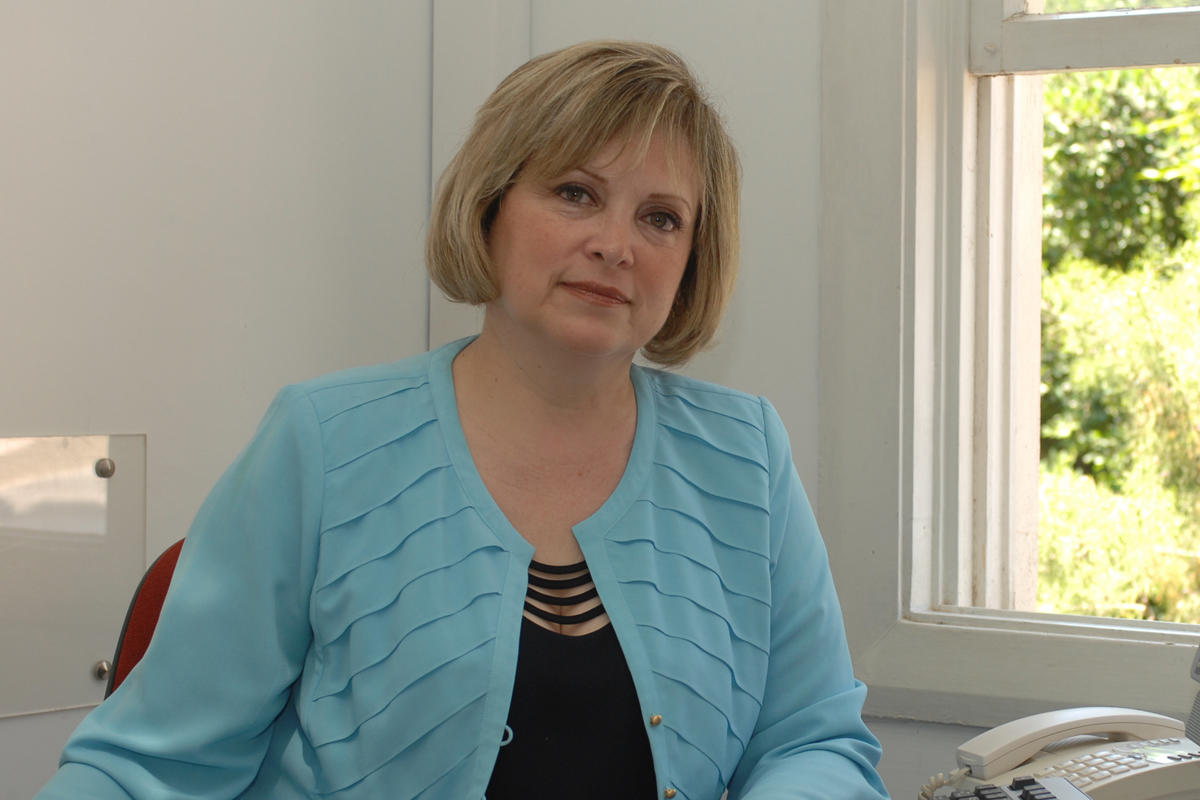Research Highlight: Physics with a Twist
Education Department Faculty and graduate student team up to examine new way to teach physics to high schoolers.
Using figures of speech to teach physics to high-school students enhances learning outcomes, a recently published study showed.
The paper, “Figures of Speech in the Physics Classroom: A Process of Conceptual Change,” published in Research in Science & Technological Education, was co-researched and co-written by Dalia Saouma (MA ’14), Education Department Chairperson Rima Bahous, Associate Professor of Education Mona Nabhani, and part-time faculty Dr. Mahmoud Natout.
The idea of the study was inspired by Saouma’s experience teaching physics to secondary school students, with whom she began working after receiving her Teaching Diploma from LAU. Later, while working on her MA thesis under Dr. Bahous, Saouma researched using metaphors and analogies to simplify complicated physics concepts such as mass, weight and electrons. The research for her MA thesis was later turned into an academic article.
The study cited a grade 12 teacher who compared potential energy to people depositing their money in a bank, while another related electron orbits to planets in the solar system.
“By using metaphors, abstract ideas turn into concrete concepts that the students will understand,” Dr. Nabhani said. The students can relate almost any idea “to a concept in real life, or to something they already know, to prior knowledge.”
Precisely because finding analogies for very complicated concepts can sometimes be challenging for teachers, “extensive research was done,” Dr. Nabhani said, adding that the topic has not been covered in depth by other researchers. “That is why ResearchGate – a platform for researchers from all over the world – keeps on citing us. We often receive comments that this research is rare and requests to share our research with them.”
The researchers used a mixed-method approach to collect the data from four schools in Lebanon, interviewing 95 students in grade 10 and nine male and female physics teachers for the study.
The study found that 73 percent of participants understood “complicated physics concepts better when taught using figures of speech,” which also improved comprehension and retention of concepts.
“The students were very happy to talk about it, and the teachers were very pleased, because they found it extremely beneficial for their students,” Dr. Nabhani said. “All teachers agreed that figures of speech have a crucial role in the process of conceptual change in the physics classroom.”
Based on the findings, the study recommended that the method be incorporated into school curricula “to enhance the process of conceptual change in the physics classroom.”
Back at the Department of Education, faculty members appreciate the importance of including students and former students in research. A decade ago, they started giving students an opportunity to see their research published in top-tier journals by collaborating with professors. In addition, Drs. Nabhani and Bahous are among the few qualitative researchers in their field and are both reviewers for international journals. “This is a trend that we started a few years back and which is encouraged by LAU,” noted Dr. Nabhani.
